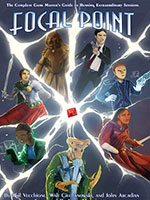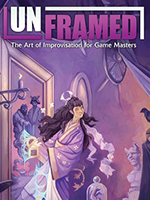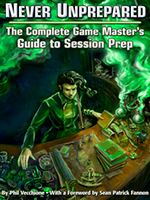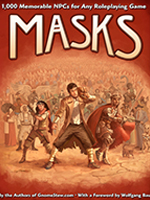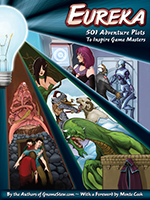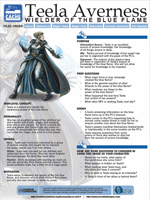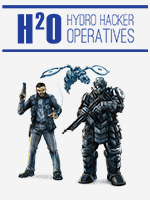Prepping Your Game in Obsidian
The perfect game notebook doesn’t exist. That said, out of all of the notebooks I’ve tried—physical, digital, or otherwise—I’ve yet to find an option as close to perfect as Obsidian. I love it a lot, and what’s the point of writing for a TTRPG blog if you can’t share that nerdy love with others? So here’s a rundown of why I think you should try Obsidian with some tips for how you can use it to organize your campaigns, improve your prep, and evolve the way you run sessions.
Read More
















